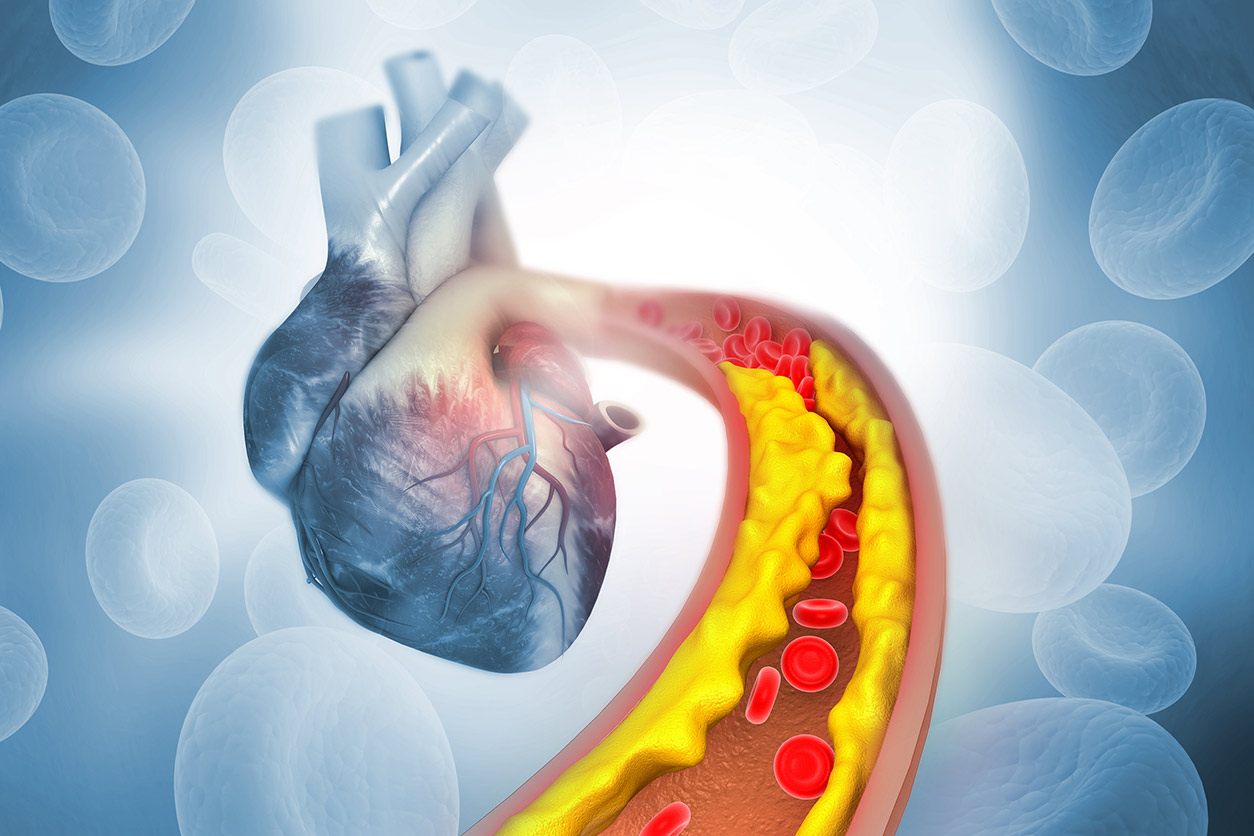Chelation therapy does not reduce the occurrence of major adverse cardiovascular events in patients with diabetes who have had a heart attack, according to a multicenter clinical trial funded by the National Institutes of Health (NIH). However, the trial did show the therapy reduced blood lead levels and increased excretion of cadmium.
An important strength of the study was the collection of biospecimens for metals analyses. This allowed observation of the direct effect of chelation therapy on blood and urine metal levels at multiple timepoints in the study, which was published Aug. 14 in the Journal of the American Medical Association.
“Because no level of lead is safe, this is an important observation,” said Bonnie Joubert, Ph.D., an NIEHS Population Health Branch program manager. “Decreasing the levels of lead and other heavy metals, such as cadmium, in the body may help improve health outcomes.”
Chelation therapy is a process in which a substance is delivered intravenously (through the veins) to bind metals or minerals and hold them so they can be removed from the body via urination. It has been used as a complementary therapy for cardiovascular disease (CVD), although it has not been proven beneficial for this purpose.

TACT2 trial focuses on diabetics, heavy metals
The current study, called Trial to Assess Chelation Therapy 2 (TACT2), assessed the effect of chelation with edetate disodium (EDTA) on heavy metal levels, particularly lead and cadmium, to see whether removal of these metals from the body may be linked with reduced CVD risk. Researchers also sought to discover whether the results of a previous NIH-supported study, which showed chelation therapy may reduce further CVD risk, could be replicated in a group of people with diabetes and a history of heart attack.
Although there was no significant difference in the number of CVD events experienced by TACT2 participants undergoing chelation therapy versus those who did not (placebo group), changes in blood lead levels did differ between the groups. Those who received chelation therapy showed a 61% drop in blood lead levels after the series of chelation treatments, whereas those who received a placebo did not show a significant decrease. Urine cadmium levels increased immediately after each chelation infusion.
According to the authors, the results indicate that EDTA therapy was effective in chelating both lead and cadmium and promoting their excretion. However, the TACT2 findings did not reproduce those of the previous Trial to Assess Chelation Therapy and do not support the use of chelation to reduce CVD risk in patients with diabetes and a previous heart attack.
Additional Resources
To learn more about chelation therapy and the latest research findings, explore the following resources.
- Chelation for Coronary Heart Disease: What You Need To Know.
- Questions and Answers: The NIH Trials of EDTA Chelation Therapy for Coronary Heart Disease.
NIEHS, together with NCCIH, the National Heart, Lung, and Blood Institute, and National Institute of Diabetes and Digestive and Kidney Diseases — all centers of the National Institutes of Health (NIH) — supported the study.
(This article is adapted from the NCCIH Research Spotlight published August 14, 2024)









